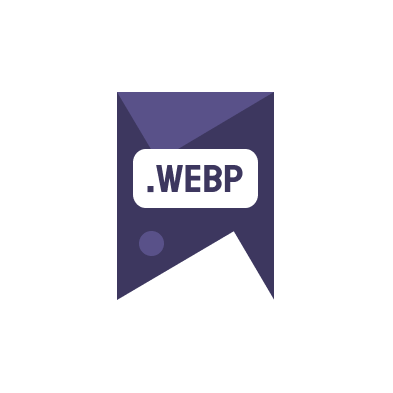When it comes to optimizing your website for search engines, every little detail counts, including the type of images you use. Does WebP affect SEO? This is a question many webmasters and SEO specialists ponder as they strive to enhance their site’s performance and ranking. In this article, we delve into how WebP can influence SEO and why it might be a smart choice for your website.
What is WebP?
WebP is an image format developed by Google, designed to create smaller, richer images that make the web faster. WebP images are up to 30% smaller in size compared to PNGs and JPEGs, without compromising quality. This reduction in file size means quicker loading times, which is a significant factor in SEO.
Impact of WebP on SEO
Switching to WebP offers several SEO benefits. First and foremost, site speed is a critical ranking factor for Google. Faster loading images can decrease page load times, improve user experience, and potentially lead to better search engine rankings. Moreover, with Google’s emphasis on mobile-first indexing, having a site that loads quickly on mobile devices is more important than ever.
- Improved page load speed
- Better user engagement
- Enhanced mobile browsing experience
Additionally, using WebP helps make your website future-proof with next-gen formats being favored by browsers and platforms. However, it’s essential to ensure that your WebP images are correctly optimized and served to supported browsers only, as some older browsers might not support this format.
How to Implement WebP on Your Website
To incorporate WebP images into your website, you can use online converters like this tool. These platforms allow you to convert your existing images to WebP format easily and for free, making the transition smooth and cost-effective.
For further optimization, consider using a content delivery network (CDN) to serve your images faster across the globe. Optimization tactics also include using lazy loading techniques, which can further boost your site’s performance by loading images only as they enter the viewport.
Case Studies and Real-World Examples
Several high-profile websites have seen significant improvements in their page load times and overall SEO performance after switching to WebP. For instance, companies have reported faster image load times, which contributed to a decrease in bounce rates and an increase in page views and customer retention.
Conclusion
By now, it should be clear that the question is not if does WebP affect SEO, but how much you can benefit from it. Embracing WebP can lead to substantial SEO improvements, especially concerning site speed and user experience. With tools and resources readily available, the transition to WebP is easier and more beneficial than ever before.
For more in-depth information on image optimization and SEO strategies, visit Google’s developer resources.

